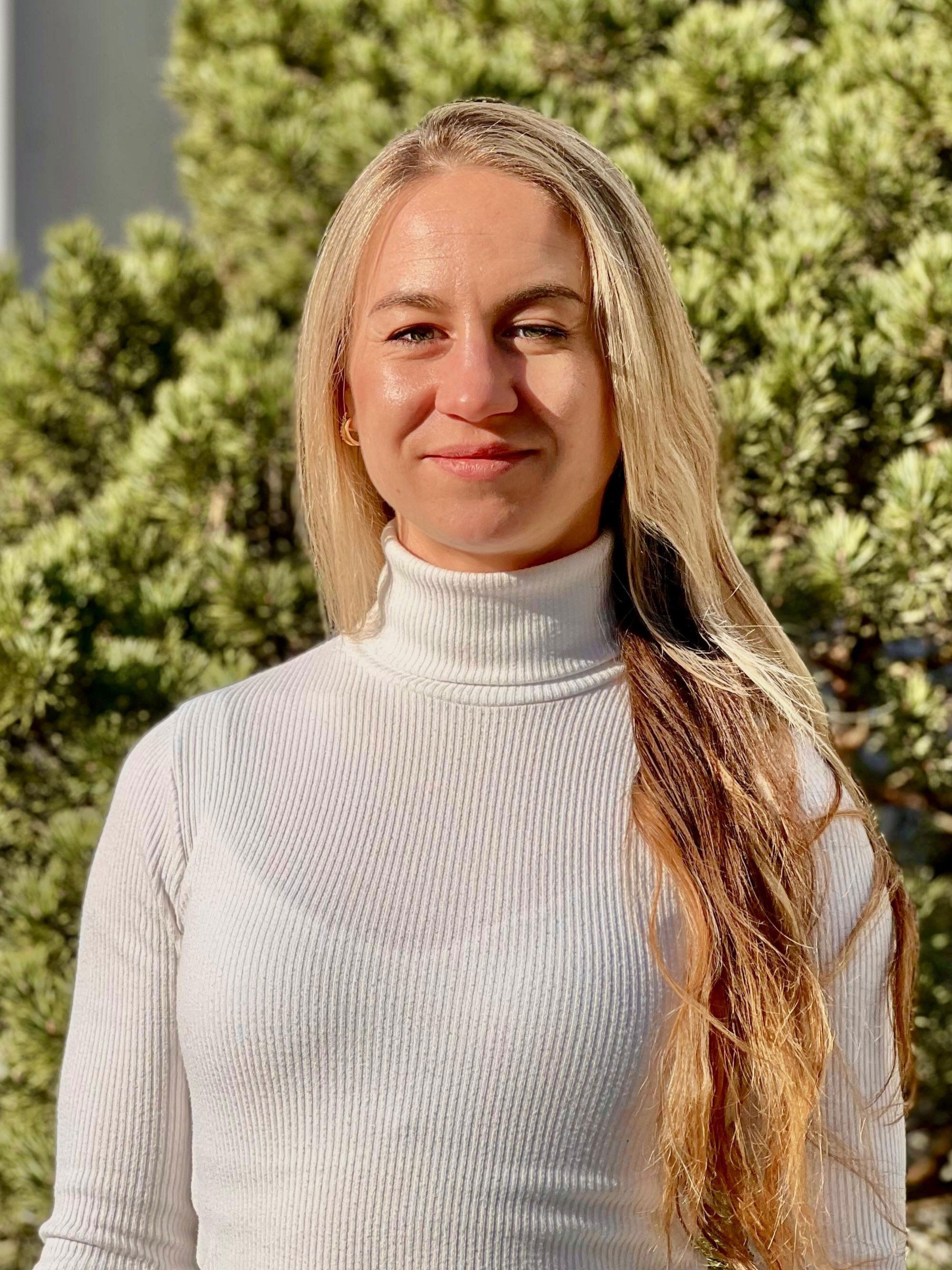Helena Pfingst
PhD on the evolution of meiotic chromosome pairing and synapsis in polyploids
I am fascinated by the evolutionary strategies and innovations that nature develops in response to a rapidly changing world, and I think it is amazing how much we can learn by looking into the genomes of organism across the tree of life to understand these complex processes. In my master’s thesis at the Max Planck Institute in Tübingen, I studied a new immune gene in plants, analyzing conserved structural and genetic components, and homologies to known procaryotic immune systems. I appreciate the approach of transferring knowledge between biological systems, tracing evolutionary adaptions in time and space.
Since February 2025, I have been a doctoral researcher in the Bomblies’ lab at the Institute of Molecular Plant Biology (IMPB), focusing on the challenges and chances of polyploid meiosis.
Some why and how from studying polyploids: Polyploid species emerge from the whole genome duplication (WGD) – yes, the organism's entire genetic information is copied, once or multiple times – which had a significant contribution to genome complexity, speciation and adaptation throughout eukaryotic evolution. Many important crops are polyploids, such as wheat, potato, coffee and strawberries. Naturally evolved polyploids demonstrate increased yield and resilience to abiotic stresses like temperature or drought making them highly relevant for sustainable agriculture. However, the presence of multiple chromosome sets impose challenges to polyploids during meiosis - the specialized cell division that halves chromosome numbers through segregation, producing haploid gametes - which compromises fertility. We study the evolution of polyploid meiosis with the powerful model organism Arabidopsis arenosa which exists in diploid and evolved tetraploid lineages. Prior research revealed that genes involved in early meiotic events are selected in established polyploids. Cytological comparisons of diploid, established and lab synthetized tetraploid lineages suggest that meiotic adaptations involve modifications to the chromosome axis structure, pre-crossover configurations and crossover designation. Established polyploids appear to have evolved a “super-charged” interference that effectively reduces multivalent formation, stabilizing meiosis.
For my PhD, I aim to explore modifications and novelties of the recombination machinery that regulate chromosome pairing and synapsis in established polyploids, providing meiotic stability. I will characterize early chromosome interactions in synthetic tetraploids compared to established tetraploids using immunocytology and super resolution microscopy. Additionally, I will measure the timing of key meiotic events to see how initial problems affect meiotic progression and dynamics. My motivation is to create a next level visualization by implementing expansion microscopy – a cutting-edge technique that I am very excited to learn.
So far so ambitious – let’s see where this journey takes us!
